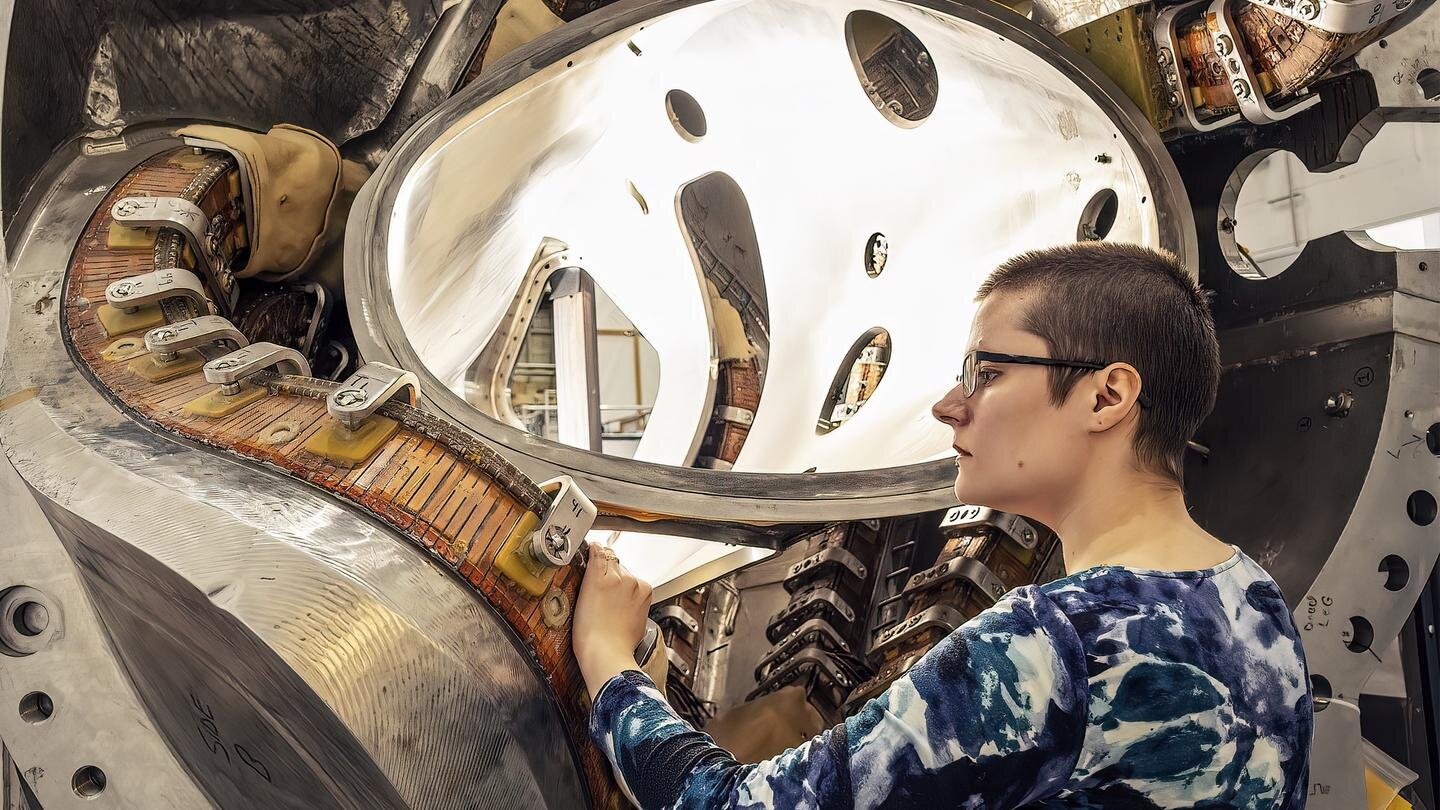Scientists have discovered a mathematical shortcut that can assist in harnessing fusion energy, a potential source of clean electricity that can help mitigate the effects of climate change such as floods and heat waves. This method allows researchers to more accurately predict the ability of a stellarator, a device designed to replicate the fusion energy found in the sun and stars, to retain the crucial heat needed for fusion reactions.
The technique involves measuring the stellarator’s magnetic field’s ability to retain the fastest-moving atomic nuclei in the plasma, thereby increasing overall heat and aiding fusion reactions. However, the challenge lies in finding a shape that can retain as much heat as possible.
“Simulating the movements of all individual particles in all possible magnetic fields would require an almost infinite amount of computing power,” explained Alexandra LeViness, a graduate student in plasma physics at the U.S. Department of Energy’s Princeton Plasma Physics Laboratory (PPPL). “Instead, we have to take a shortcut,” added LeViness, who is the lead author of the study published in the journal Nuclear Fusion.
“This research demonstrates that we can determine the optimal magnetic field shape for heat confinement by calculating something simpler – how far the fast particles drift away from the curved magnetic field surfaces in the center of the plasma,” LeViness stated. “This behavior is represented by a value called gamma C, which consistently corresponds to plasma confinement.”
Essentially, this shortcut advances future stellarator research, as LeViness explained, “the more fast-moving particles that remain in the center of the plasma, the hotter the fuel and the more efficient the stellarator will be.”
2023-08-17 18:00:04
Link from phys.org rnrn
